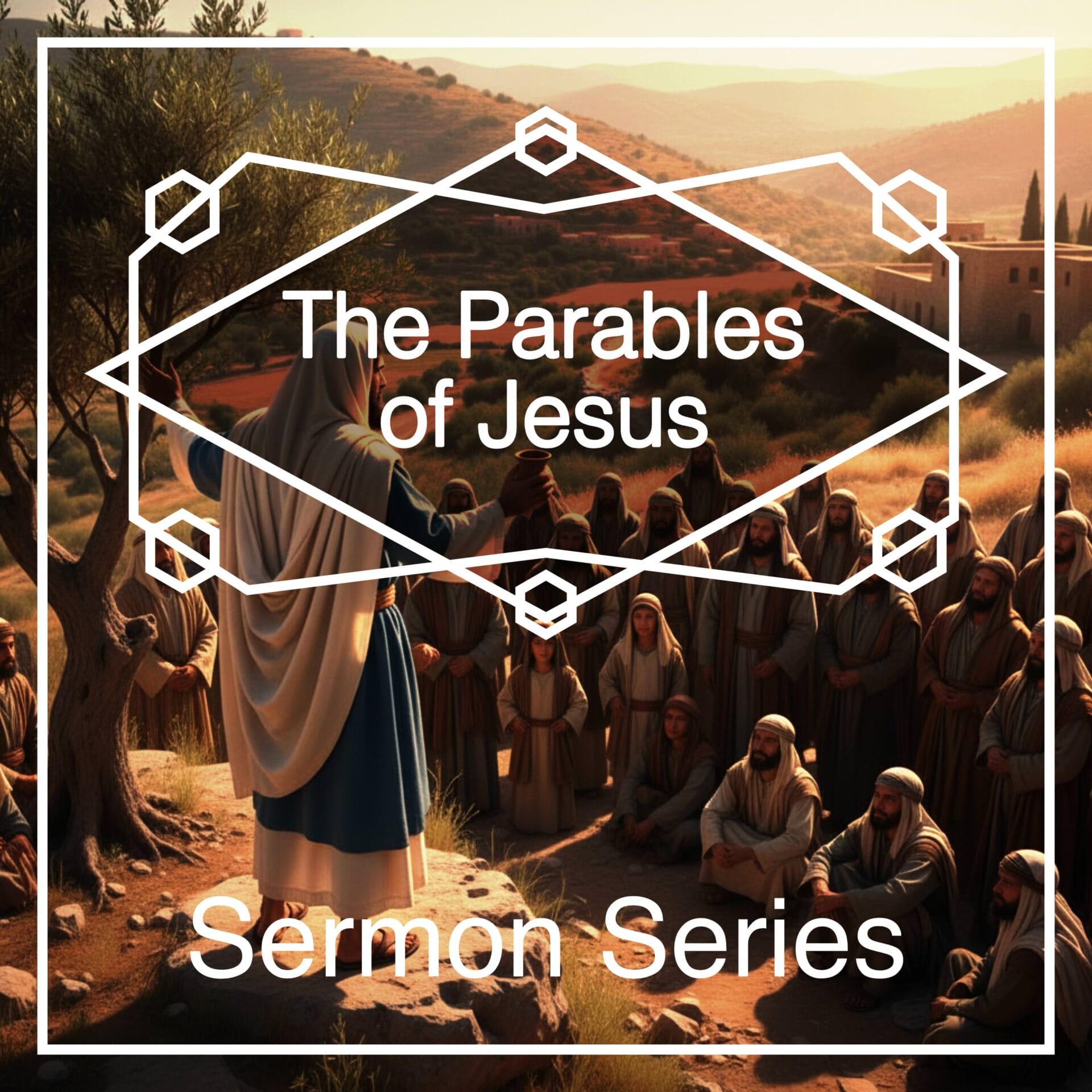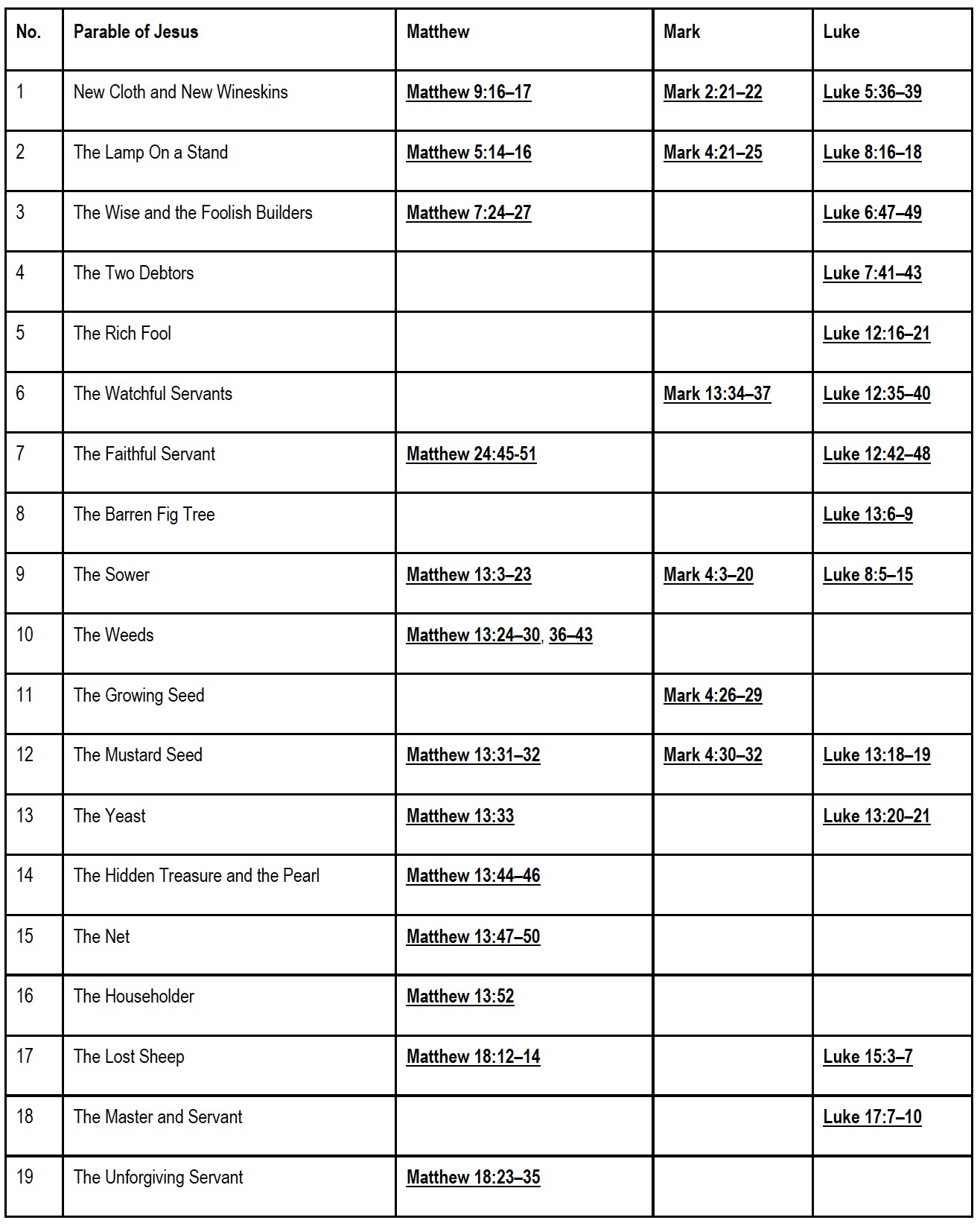
Sermon Handout
13 The same day went Jesus out of the house, and sat by the sea side.
And great multitudes were gathered together unto him, so that he went into a ship, and sat; and the whole multitude stood on the shore.
And he spake many things unto them in parables, saying, Behold, a sower went forth to sow; (NLT: “Listen! A farmer went out to plant some seeds”)
And when he sowed, some seeds fell by the way side, and the fowls came and devoured them up: (NLT:- As he scattered them across his field, some seeds fell on a footpath, and the birds came and ate them)
Some fell upon stony places, where they had not much earth: and forthwith they sprung up, because they had no deepness of earth: (NLT: 5 Other seeds fell on shallow soil with underlying rock. The seeds sprouted quickly because the soil was shallow) Luke 8:6 – “…it withered away because it lacked moisture”
And when the sun was up, they were scorched; and because they had no root, they withered away. (NLT: and since they didn’t have deep roots, they died)
And some fell among thorns; and the thorns sprung up, and choked them:
But other fell into good ground, and brought forth fruit, some an hundredfold, some sixtyfold, some thirtyfold. (NLT: even a hundred times as much as had been planted)
Introduction To the Parables (Mt 13:1-3,10-17)
During His earthly ministry, as Jesus went about preaching and teaching, He frequently used parables – cf. Mt 13:1-3, 13:34-35
It has been estimated that at least one-third of Jesus’ recorded teaching is found in the parables. (Please see my chart on Parables of Jesus)
What is the DEFINITION OF “PARABLE”?
I’m not in love with the following definition: A common definition of a parable is “an earthly story with a heavenly meaning” This is too incomplete and does NOT accurate describe every parable. (And…..personally I am not a fan of term “story” to describe the Word of God.)
THE WORD “PARABLE”…
Parable (noun):
A brief, illustrative narrative—typically featuring human characters—that conveys a moral or spiritual lesson through analogy or comparison, often grounded in everyday life. It uses ordinary scenarios to evoke deeper truths, prompting reflection and understanding.
The Greek origin parabolē (“to throw alongside”) and calls it “a short narrative that uses everyday events or situations to illustrate a moral or spiritual lesson”
As defined by Vine’s Expository Dictionary of N.T. Words , it “signifies a placing of one thing beside another with a view to comparison”
As “an illustration that places one thing beside another for the purpose of teaching” “It puts the known next to the unknown so that we may learn”
A parable: metaphor, simile, analogy = can usually be identified by the use of the words such as “like” – cf. Mt 13:31,33
SOME GUIDELINES FOR PROPER INTERPRETATION…
Jesus says understanding the parable of the Sower helps us to understand other parables – Mk 4:13
Look for the central truth of the parable, making sure that any other truths gleaned from the parable are in harmony with it.
Consider carefully the context of Jesus words…
Don’t use the parables to formulate new theology or build a case for a doctrine based solely on a parable.
Walking Points: “A text without a context is a pretext.” D.A. Carson
Study (examine closely) the parables within the context in which Jesus spoke them. Let the surrounding passages and the Bible at large serve as the best commentary on the parables and all other scripture.
Monday Morning Moment:
Mark 4:13 (NLT) 13Then Jesus said to them, “If you can’t understand the meaning of this parable, how will you understand all the other parables?

